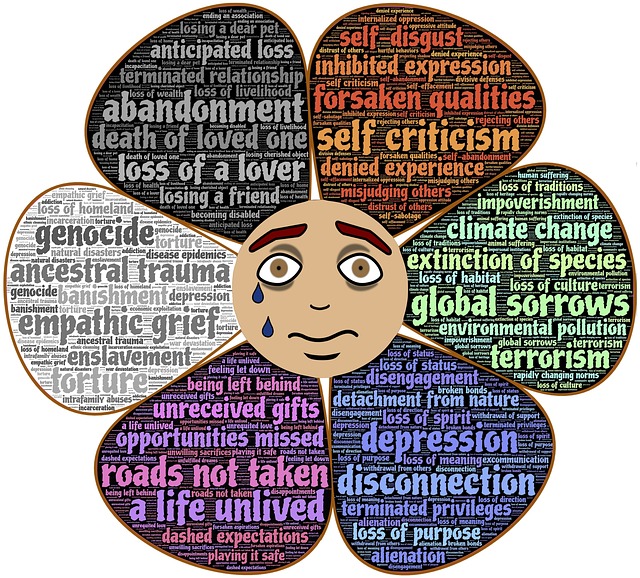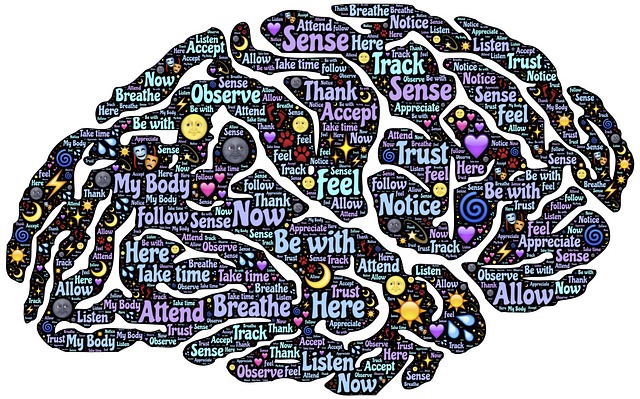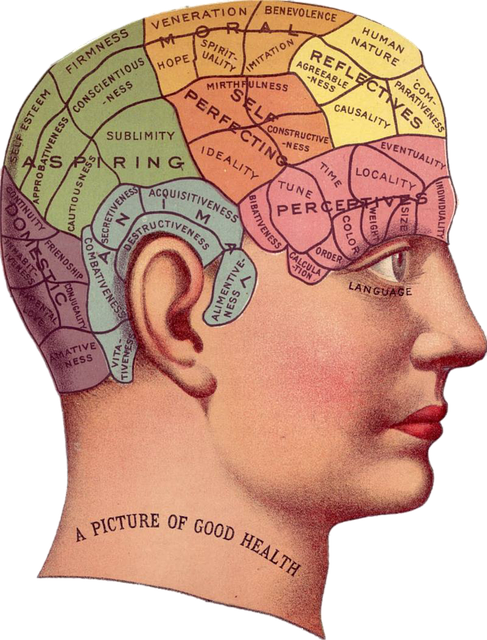Dr. Elena Villanueva, health influencer and international speaker and podcaster, provides a comprehensive insight into trauma and its health impacts in a 5-part Trauma Masterclass. Elena adopts a unique approach to trauma recovery and healing by engaging a specialist team, adopting a holistic health perspective and employing multiple modalities (in excess of 24 tools/techniques). She is the founder of Modern Holistic Health which adopts an evidence-based approach to holistic health, drawing on the latest scientific research.
In her Trauma Masterclass, Elena explains that trauma results not from an overwhelming event itself but our perception and interpretation of it, leading to “undesired responses” on the physical or mental level and the associated mistaken beliefs and thoughts and emotions that result from viewing the event as “dangerous, frightening, harmful, life threatening” or in any way negative.
Elena provides detailed illustrations of how trauma affects our physical and mental health, drawing on the latest neuroscience research and information. She discusses the symptoms of trauma, including chronic pain, the impact of negative thoughts and the power of language to shape personal reality and physical/mental health. Elena explains the potential impact of challenging emotions in hijacking the amygdala and resulting, over time, in “atrophy of the frontal lobe”.
Of particular note, is the way Elena identifies the biogenetic changes that can be wrought by challenging thoughts and emotions resulting from trauma. She states that one of the core issues is that trauma is experienced in the body and is easily triggered. As Bessel Van Der Kolk illustrates in his book, The Body Keeps the Score, the impact of trauma extends to the mind, brain and body. Elena elucidates the multiple impacts of trauma including distortion of energy, negative effects on heart health, biological changes and the lingering perception of powerlessness.
Recovering from the impacts of trauma
Elena points to the power of neuroplasticity to aid the process of recovering from trauma – how the brain can adapt its structure, connections and functions to deal with various stimuli. During the Masterclass she provided case studies of her patients who had made a considerable recovery from trauma in a relatively short period. Elena explained that people who take out a monthly service subscription with Modern Holistic Health have ongoing access to the Masterclass videos and to members of her team who offer a wide range of healing modalities.
In the Masterclass, different team members offered diverse modalities that illustrated the effectiveness of Elena’s team approach. For example, Rosita Alvarez led a process that involved “layered healing modalities” including sound and eye movement. Karla Rodriguez facilitated a powerful process that involved an ever deepening identification of emotions underlying bodily pain such as grief, anger or resentment. This mind-body-spirit process was identified as incredibly effective by many people in the online audience.
Karla also led a process called “resonance repatterning” which involved making affirmations that expressed positive intent and resonated strongly with the individual involved, e.g. “I reclaim the power to say, ‘yes’ and ‘no’, & to be heard”. The exercise illustrated the power of language to shape our future and manifest our desired reality. To this end, Elena suggested that statements such as “I want a loving relationship” should be replaced with “I desire a loving relationship”. She emphasised that we have to unlearn bad habits that reduce our sense of what is possible. Dr. V. offers a podcast series to assist people with understanding trauma and moving towards unlearning and recovery.
In the book, What Happened to You?, Oprah Winfrey describes her own adverse childhood experiences which occurred even when she was as young as three years old. In particular, she discusses receiving continuous “whuppings” from her grandmother which were administered as severe forms of punishment for even the slightest mistakes – often resulting in welts and, occasionally, bleeding. The “switch” chosen was a branch (or a number of branches “braided together”). Her grandmother had the mistaken belief in the philosophy of “don’t spare the rod” – today, her actions would be viewed as criminal.
Oprah, like Elena, maintains that learning how the brain and body react to trauma helps us to understand “how what happened to us in the past shapes who we are, how we behave, and why we do the things that we do”. Oprah is a firm believer in the “unique adaptability of our miraculous brain” – and she is living proof of this. Because of her own early life experiences, she has dedicated herself to helping people of all ages, especially young children, overcome trauma and its impacts. Her tireless work in this area was reflected in the drafting of the National Child Protection Act that, when it became law, was known as the “Oprah Bill”.
The book represents a series of conversations between Oprah and Dr. Bruce D. Perry on the topic of “trauma, resilience, and healing” – conversations carried out over more than thirty years. Bruce explains in the book that the title, “What Happened to You”, reflects a conscious choice to take the focus away from “What’s Wrong with You” in order to change the narrative and facilitate the process of recovery from trauma. As Dr. Gabor Maté explains, we need to understand the pain lying beneath trauma and its precipitation of addictive behaviour.
Reflection
There are many modalities that can be employed in healing trauma such as “compassionate inquiry” used by Dr. Gabor Maté. Dr. Elena Villanueva and her team offer diverse modalities that are used at different stages of healing from the multiple impacts of trauma. The team approach of Modern Holistic Health adds a special dimension as patients can move between coaches to utilise different modalities as part of their overall case management. People can work with Dr. Elena Villanueva and her Modern Health team by joining the Mind/Body/Energy Program.
Trauma is a complex area with often hidden impacts on mind, body and spirit resulting in lingering mental and physical health problems. Many of us have had “adverse childhood experiences” resulting in trauma. As we grow in mindfulness through mantra meditations, other mindfulness practices and related healing modalities, we can achieve peace and calm and improved health outcomes.
_________________________________
Image by John Hain from Pixabay
By Ron Passfield – Copyright (Creative Commons license, Attribution–Non Commercial–No Derivatives)
Disclosure: If you purchase a product through this site, I may earn a commission which will help to pay for the site, the associated Meetup group, and the resources to support the blog.








